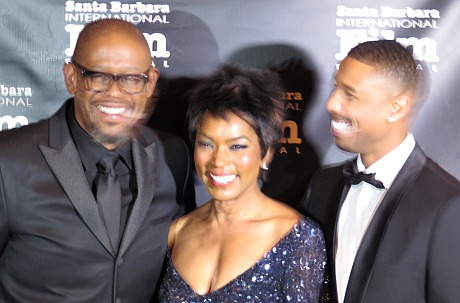On 1.21.72, right in the middle of the grandest, funkiest and most fabled era of auteurist glory, Dick Cavett asked four directors — Robert Altman, Mel Brooks, Peter Bogdanovich and Frank Capra — if Hollywood was dead. He didn’t mean L.A.-centric filmmaking but the big-studio system that reigned from the ’20s through the ’50s. He was also observing that corporations and corporate-think had taken over from old-school moguls like Harry Cohn and Daryl F. Zanuck and Louis B. Mayer. It’s interesting that Capra, an old-school conservative and a somewhat derided sentimentalist at the time, had the most prescient response: “This has been said many times before…Hollywood is down at the moment, yes…[but] film is not gonna die, I’ll tell you that. If not in Hollywood then someplace else. Maybe Hollywood is dying as a geographical point but…we haven’t really scratched the surface.”





